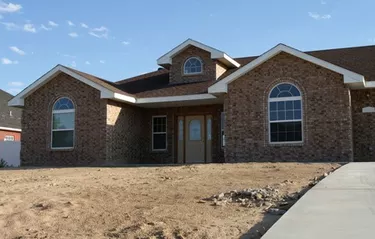
Owner financed homes are those in which the seller of the property also acts as the bank. In other words, as opposed to a buyer getting a traditional loan from a bank, the seller and buyer will come to an agreement on a payment, interest rate and duration of a loan that the buyer will pay directly to the seller on a monthly basis. There are rules and guidelines set in place if the buyer defaults.
Default
Video of the Day
Owner financed foreclosures are governed by the same rules and laws in Texas that any lender-owned property is expected to abide by. In other words, there are specific procedures that an owner has to set in place in order to foreclose on a property legally.
Video of the Day
Texas is a non-judicial foreclosure state. This means that the owner and resident do not have to appear in court in order to be granted approval to foreclose. However, the owner does have to show all good-faith attempts at collecting prior to foreclosure in the event that the borrower wishes to contest.
The first thing that the owner must do by law is provide a letter to the resident that serves as an official notice of default. This notice is sent once the homeowner has become 30 or more days late on his mortgage payment. This does not have to be certified, but the owner should retain a copy of the notice.
Intention to Accelerate
Approximately 30 days after the default notice has been sent, the owner must then send, via certified mail, a notice of intention to accelerate. The intention to accelerate states that the owner is calling the full amount of the loan due. For example, if the buyer purchased the property at a sales price of $125,000 and currently owes $123,000, the notice of acceleration would call the entire amount of the $123,000 due.
Once the notice has been sent, the owner can file with the county courts for a foreclosure date.
Notice of Foreclosure
The owner must provide the resident with the notice of foreclosure at least 21 days prior to the foreclosure sale. The notice of foreclosure serves as the final demand for payment and the official notice that the property is being repossessed. This notice will have a date set for the foreclosure and inform the residents that they are expected to vacate the premises by the conclusion of the foreclosure auction.
In Texas, foreclosure auctions are held on the first Tuesday of every month. The auction is done by "public outcry," either at the county clerk's office or in front of the property being auctioned. However, the owner is not obligated to sell the property if no one bids high enough for the property. The owner can retain ownership and property rights to the property and resell it later if he chooses. However, at the end of the auction the deed and rights to the property are transferred to the new owner and the rights that the prior resident had are extinguished.